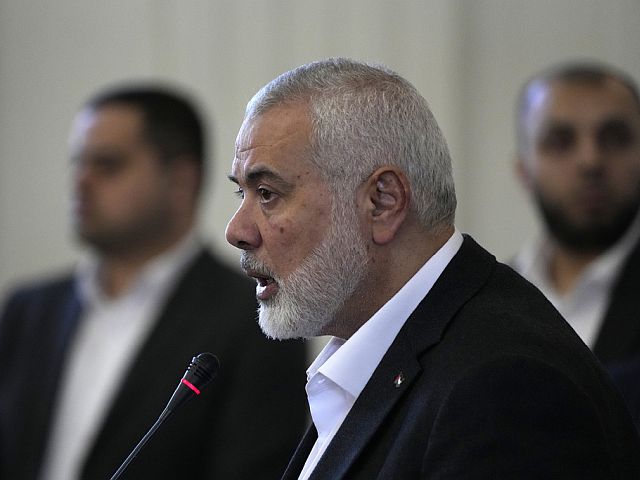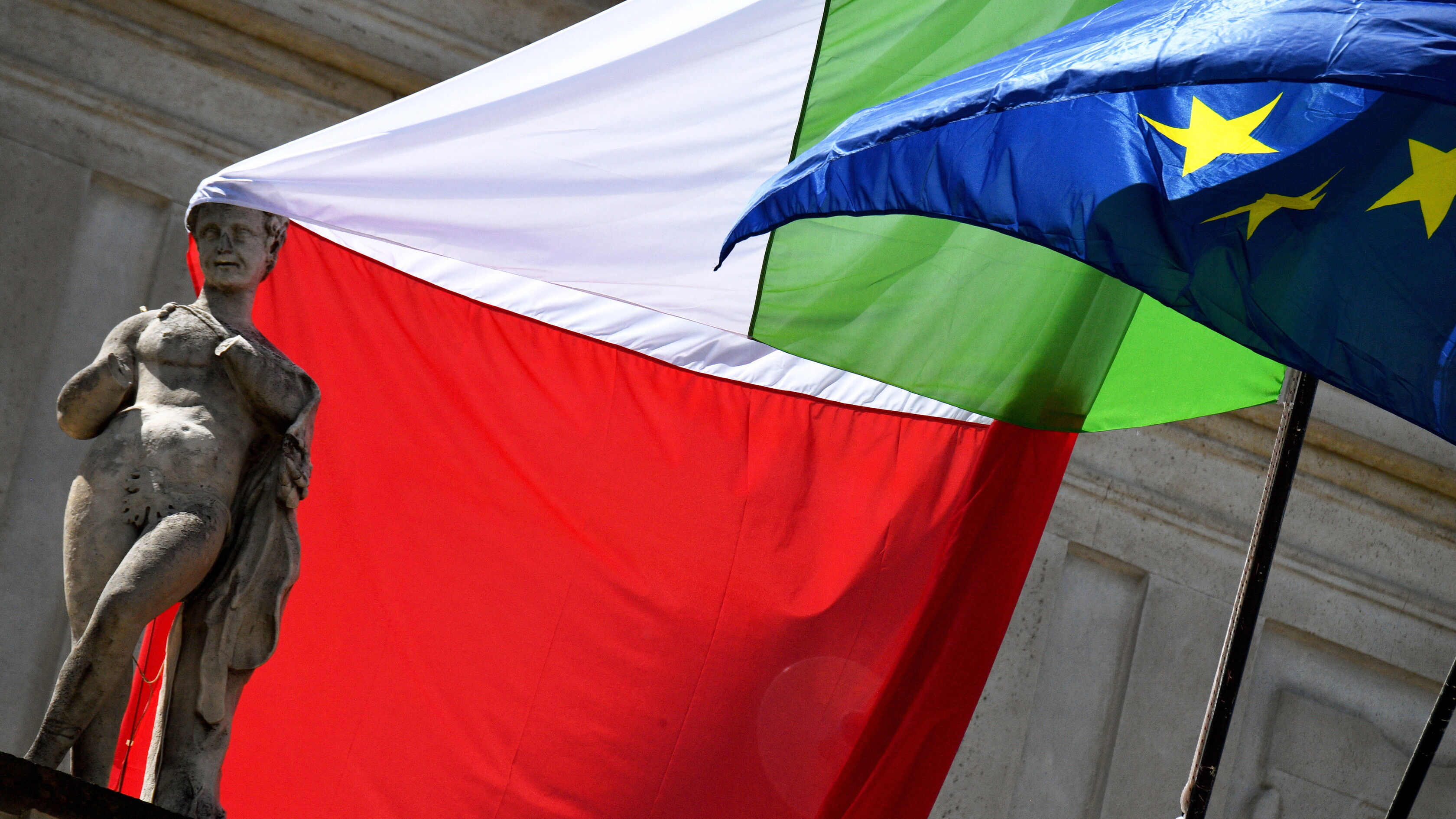On Tuesday, Kenya experienced violent street demonstrations that resulted in at least 23 deaths caused by police shootings. The National Assembly was partially destroyed in the protests, with legislators escaping through underground tunnels. President William Ruto condemned the protests as a betrayal. The demonstrations were sparked by a bill passed by the National Assembly that included tax increases, leading to widespread discontent and calls for the bill to be vetoed.
Reports of police brutality, including the use of live ammunition against civilians and the detention of paramedics, fueled the anger of the protesters. President Ruto initially described the events as a threat to national security but later announced that he would not sign the controversial bill. He acknowledged the loss of life and damage caused by the protests and expressed condolences to the families of the victims. International organizations reported a higher death toll from the police crackdown on the protests.
The Finance Bill 2024, which aimed to raise domestic revenue through various taxes and fees, was the main trigger for the protests. President Ruto defended the bill as necessary to address Kenya’s national debt and budget deficit but faced criticism from citizens who believed it would only worsen their economic struggles. Despite his anti-establishment rhetoric during his campaign, President Ruto faced criticism for implementing unpopular policies and extravagant spending.
The protests highlighted growing dissatisfaction with Kenya’s political system and leadership. Led by young people and organized through social networks, they spread across



